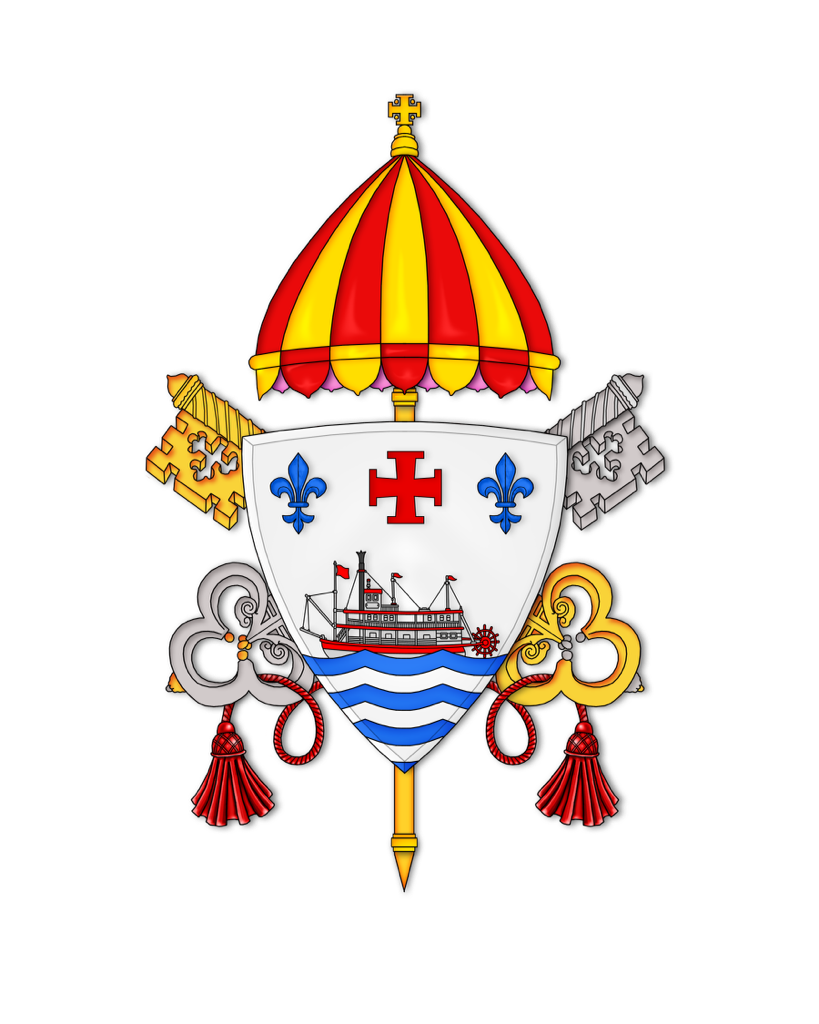Saint Lucy
Feast Day December 13
By Charles Garrity
St. Lucy’s name means “light”, with the same root as “lucid” which means “clear, radiant and understandable”. Unfortunately for us, St. Lucy’s history does not match her name. Shrouded in the darkness of the time, all we really know for certain is that this brave woman who lived in Syracuse lost her life in the persecution of Christians in the fourth century. Her veneration spread to Rome so that by the sixth century the whole Church recognized her courage in defense of the faith. Because people wanted to shed light on Lucy’s bravery, legends grew. The one that is passed down to us tells the story of a young Christian woman who vowed her life to the service of Christ. Her mother tried to arrange a marriage for her with a pagan. Lucy apparently knew that her mother would not be convinced by a young girl’s vow, so she devised a plan to convince her mother that Christ was a much more powerful partner for life. Through prayer at the tomb of Saint Agatha, her mother’s long illness was cured miraculously. The Grateful mother was now ready to listen to Lucy’s desire to give her money to the poor and commit her life to God.
Unfortunately, legend has it, the rejected bridegroom did not see the same light and he betrayed Lucy to the governor as a Christian. This governor tried to send her into prostitution. The guards who came to take her away found her stiff and heavy as a mountain. Eventually, she was killed. As much as the facts of Lucy’s specific case are unknown, we know that many Christians suffered incredible torture and painful deaths for their faith during Diocletian’s reign. Lucy may have been burned or had a sword thrust though her throat as many Christians did; and we can be sure her faith withstood a test we cannot imagine.
Lucy’s name is also connected to statues of Lucy holding a dish with two eyes on it. This refers to the legend in which Lucy’s eyes were removed by Diocletian as part of her torture. The legend concludes with God restoring Lucy’s eyes before her death. Lucy is the patron saint of the blind and those with eye maladies. The fact that St. Lucy had the courage to stand up and be counted as a Christian despite torture and death is the light that should lead us on our own journey through life.
Prayer to St. Lucy
But let it shine for the whole world, for all the centuries to see.
We may not suffer torture in our lives the way you did,
But we are still called to let the light of our Christianity illumine our daily lives.
Please help us to have the courage to bring our Christianity
Into our work, our recreation, our relationships and our conversation –
Every corner of our day.
Amen
In Scandinavian countries St. Lucy is associated with the festival of light during the dark days of the winter. Young girls dress in white with a crown of candles on their heads. During a procession, cookies are given out while songs are sung.
Saint Lucy holds a sword in her right hand and a dish of her eyes in her left hand. She was tortured by having her eyes removed which grew back then she was martyred with a sword to her throat.
Return to The Saints of the Basilica

Memory of James and Laura Esposito
Stain glass window in St. Mary Basilica
The Basilica of Saint Mary
105 South Union Street
Natchez, MS 39120

Church Office @Family Life Center
613 Main Street
Natchez, MS 39120
601.445.5616 | Email